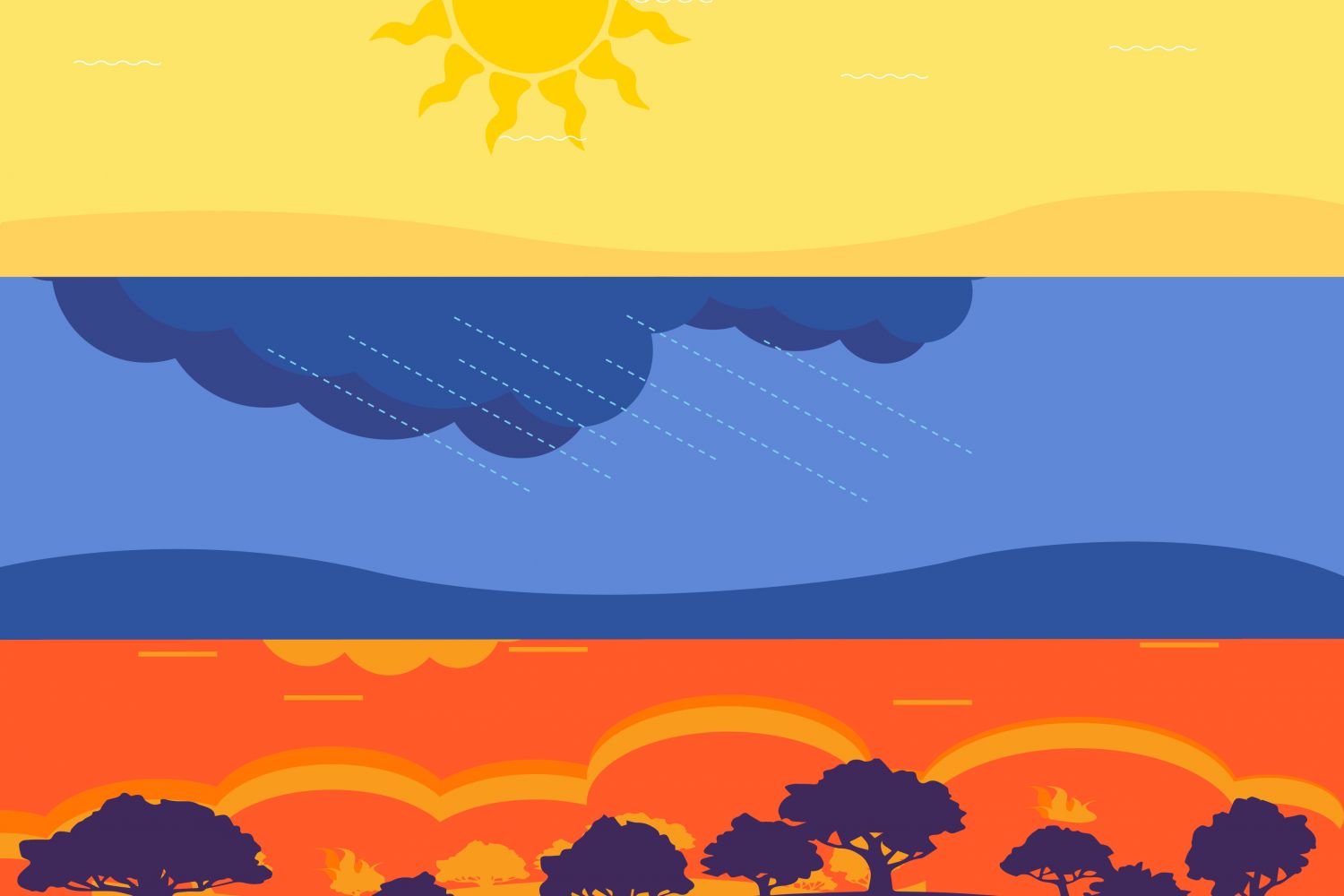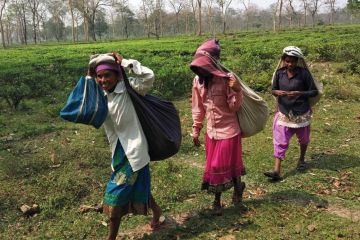
Svetlana Boym wrote that nostalgia “goes beyond individual
psychology. At first glance, nostalgia is a longing for a place, but actually
it is a yearning for a different time—the time of our childhood, the slower
rhythms of our dreams. In a broader sense, nostalgia is a rebellion against the
modern idea of time, the time of history and progress.”
The Curt Hugo Reisinger professor of Slavic languages and
literatures and comparative literature at Harvard University died of cancer at





